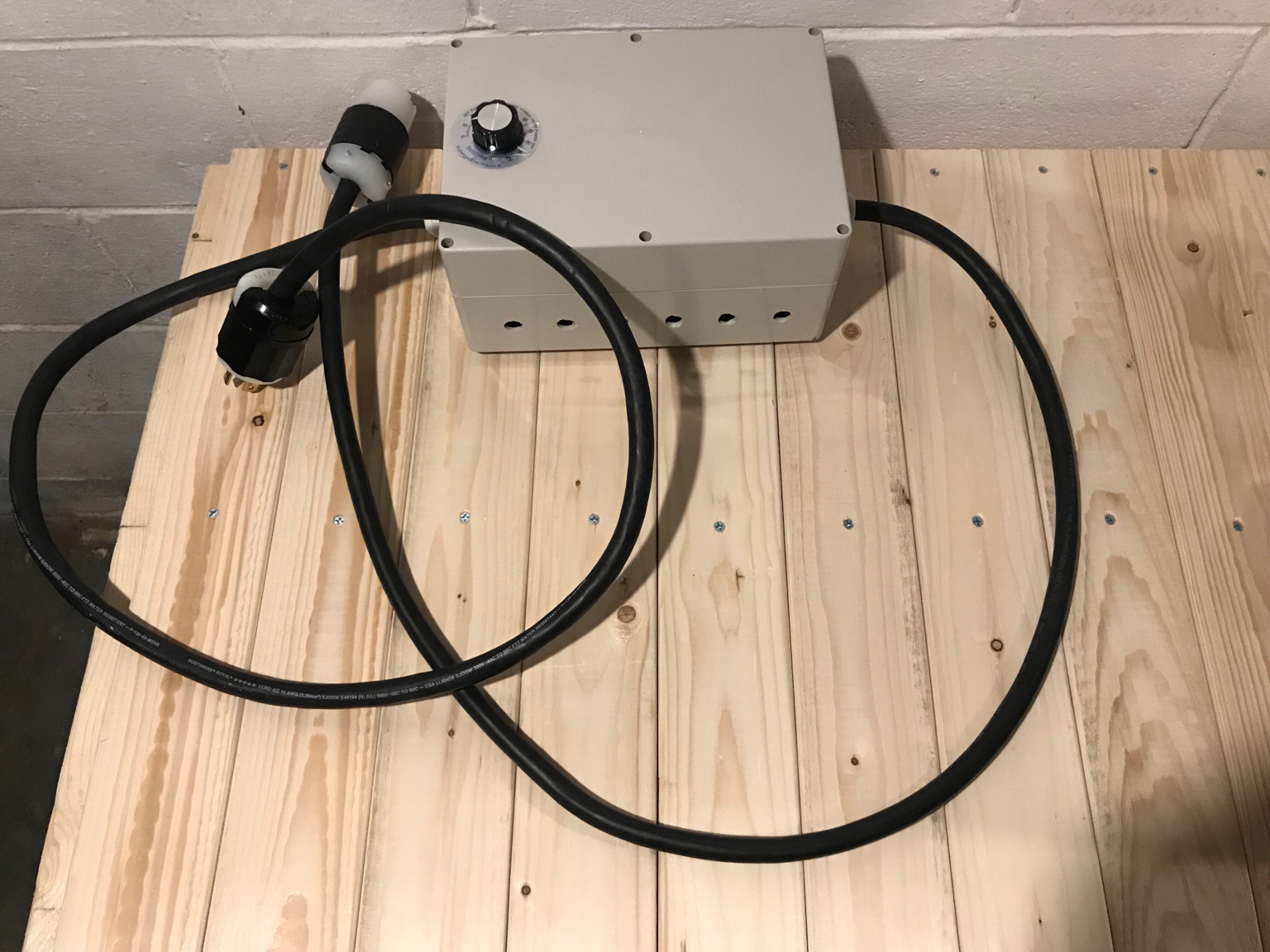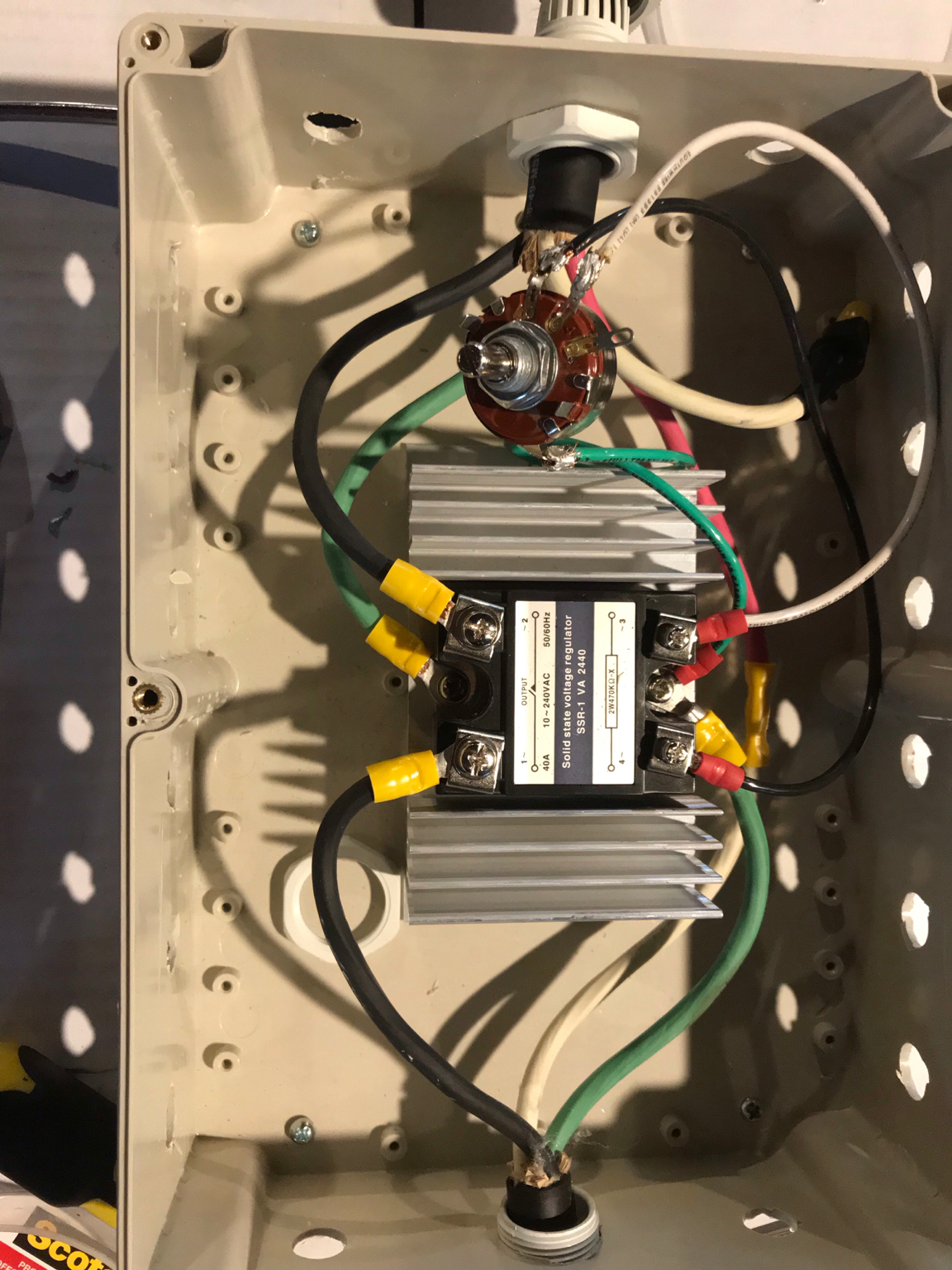No, the EZBoil controllers (or any other PID) will not operate without a temperature input. This is a "fail safe" feature. You wouldn't want a controller to be calling for full power in the case of a missing or failed temperature sensor.Can that diagram be ran without the rtd inputs, and just use the ezboil for element output? Or does it require the rtd to run properly? I’m not interested in maintaining a temp right now, but would like the system to be upgradable in the future. Also, is the auber dspr120 able to be swapped for any other PID, such as an inkbird, or is that not even the same thing? (Cheaper on Amazon)
You could swap the EZBoil for any other PID with a manual output mode. Not all PID's (e.g. the MyPin TA4) have manual modes. The advantage of the EZBoil is the improved control algorithm (compared to the classic PID algorithm) which for our applications is able to hold temps rock solid, with essentially no overshoot. There are lots of threads on HBT about how to get a PID tuned so that it heats fast, doesn't overshoot, and doesn't oscillate around the set point. EZBoils don't require tuning. The power adjusting knob (for manually set power output) is, in my opinion, more intuitive than pushing buttons to change the power setting. I wouldn't use anything but an EZBoil myself, but you are free to make your own choices.
Note that the terminal assignments for different PID models are not the same, so you would have to figure out what wire goes where for anything other than an EZBoil (DSPRxxx.)
Brew on




















![Craft A Brew - Safale S-04 Dry Yeast - Fermentis - English Ale Dry Yeast - For English and American Ales and Hard Apple Ciders - Ingredients for Home Brewing - Beer Making Supplies - [1 Pack]](https://m.media-amazon.com/images/I/41fVGNh6JfL._SL500_.jpg)










































